News
Site Editor
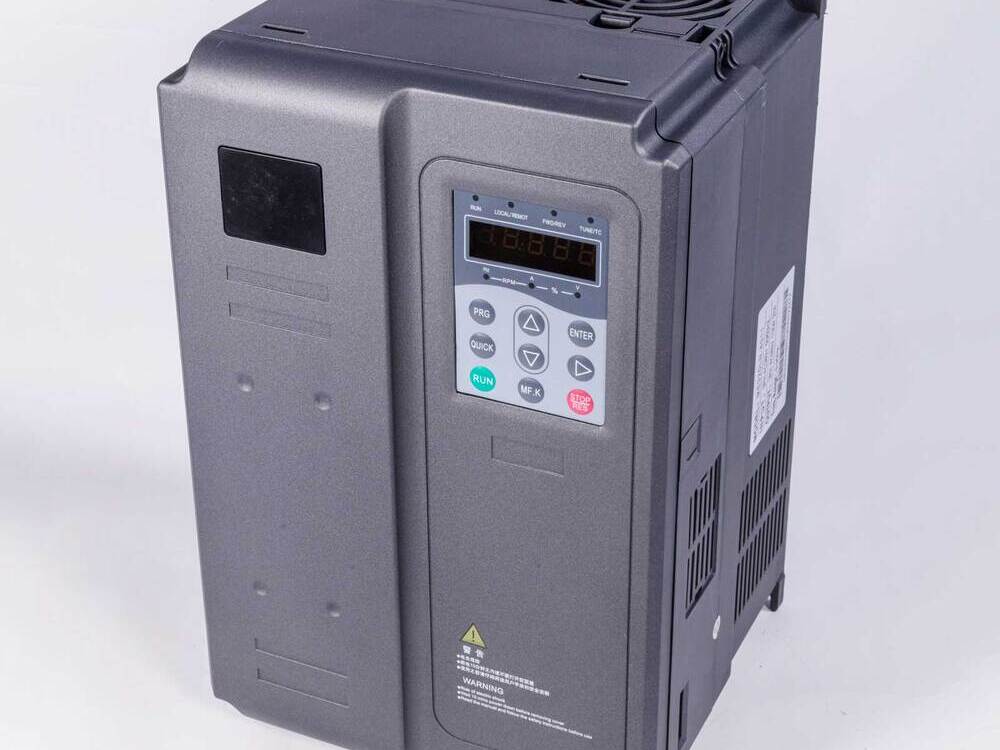 Site
https://cdn.anyhz.com/uploads/image/653decbc2fb16.png
In today's competitive market, businesses are continually seeking ways to reduce operational costs and improve efficiency.
Site
https://cdn.anyhz.com/uploads/image/653decbc2fb16.png
In today's competitive market, businesses are continually seeking ways to reduce operational costs and improve efficiency.
How Can Businesses Save Energy Costs with Frequency Converters?
Views: 1839
Author: Site Editor
Publish Time: 2024-07-16
Origin: Site
In today's competitive market, businesses are continually seeking ways to reduce operational costs and improve efficiency. One significant area of potential savings lies in energy consumption. As energy prices continue to rise, finding effective methods to cut down on energy use is crucial. Frequency converters, also known as variable frequency drives (VFDs) or inverters, offer a powerful solution to this challenge. By optimizing the operation of electric motors, which are prevalent in many industrial and commercial settings, frequency converters can lead to substantial energy savings. This article explores how businesses can save energy costs by implementing frequency converters.
Understanding Frequency Converters
Frequency converters are devices that control the speed and torque of electric motors by varying the frequency and voltage of the electrical power supplied to the motor. This capability allows the motor to operate at optimal efficiency for the task at hand, rather than running at full speed continuously. The primary components of a frequency converter include a rectifier, a DC bus, and an inverter. Together, these components convert incoming AC power to DC and then back to AC at the desired frequency and voltage.

Key Benefits of Frequency Converters
1. Energy Efficiency
The most significant benefit of frequency converters is their ability to improve energy efficiency. Electric motors are often used in applications where they do not need to run at full capacity all the time. By adjusting the motor speed to match the actual load requirements, frequency converters can reduce energy consumption significantly. For instance, in applications such as pumps, fans, and compressors, the energy savings can be substantial because the power required to operate these devices is proportional to the cube of the speed. Thus, even a small reduction in speed can lead to a significant decrease in energy use.
2. Reduced Wear and Tear
Frequency converters help in reducing the mechanical stress on motors and associated equipment. By allowing for soft starting and stopping, they minimize the abrupt changes in speed and torque that cause wear and tear. This not only extends the lifespan of the equipment but also reduces maintenance costs and downtime, further contributing to cost savings.
3. Improved Process Control
In many industrial processes, precise control over motor speed is essential for maintaining product quality and process efficiency. Frequency converters provide this level of control, allowing businesses to fine-tune their operations and reduce waste. Enhanced process control can lead to more consistent product quality, higher yields, and lower rejection rates, all of which contribute to cost savings.
4. Power Factor Correction
Frequency converters can improve the power factor of an electrical system. A higher power factor means more efficient use of electrical power, reducing the amount of reactive power and lowering energy costs. Improved power factor also means less strain on the electrical infrastructure, which can prevent costly upgrades and reduce electricity bills.
Practical Applications and Examples
1. HVAC Systems
Heating, ventilation, and air conditioning (HVAC) systems are significant energy consumers in commercial buildings. Frequency converters can optimize the operation of fans and pumps in these systems, adjusting motor speeds to match the actual demand for heating or cooling. This results in significant energy savings, especially during periods of partial load.
2. Pumping Systems
In water and wastewater treatment facilities, as well as in irrigation systems, pumps are often run at constant speeds regardless of the actual demand. Frequency converters allow these pumps to operate more efficiently by adjusting the speed to match the required flow rates, leading to substantial energy savings.
3. Industrial Machinery
In manufacturing, frequency converters can be used to control the speed of conveyor belts, mixers, grinders, and other machinery. By optimizing the speed of these machines to match production needs, businesses can reduce energy consumption and improve overall process efficiency.
4. Compressed Air Systems
Compressed air systems are notoriously inefficient, often running at full capacity even when demand is low. Frequency converters can adjust the speed of air compressors based on actual demand, significantly reducing energy use and associated costs.

Implementing Frequency Converters
To maximize the benefits of frequency converters, businesses should follow these steps:
-
Energy Audit: Conduct a thorough energy audit to identify areas where frequency converters can be most effective.
-
Selection and Sizing: Choose the right frequency converters for the specific applications, ensuring they are properly sized for the motors they will control.
-
Installation and Commissioning: Proper installation and commissioning are crucial for ensuring optimal performance and energy savings.
-
Training and Maintenance: Train staff on the operation and maintenance of frequency converters to ensure they are used effectively and maintained in good working condition.
Conclusion
Frequency converters offer a powerful tool for businesses looking to reduce energy costs and improve efficiency. By optimizing the operation of electric motors, they can achieve significant energy savings, reduce wear and tear on equipment, and improve process control. With the right implementation strategy, frequency converters can provide a quick return on investment and contribute to a more sustainable and cost-effective operation. As energy prices continue to rise, the adoption of frequency converters will become increasingly important for businesses aiming to stay competitive and environmentally responsible.
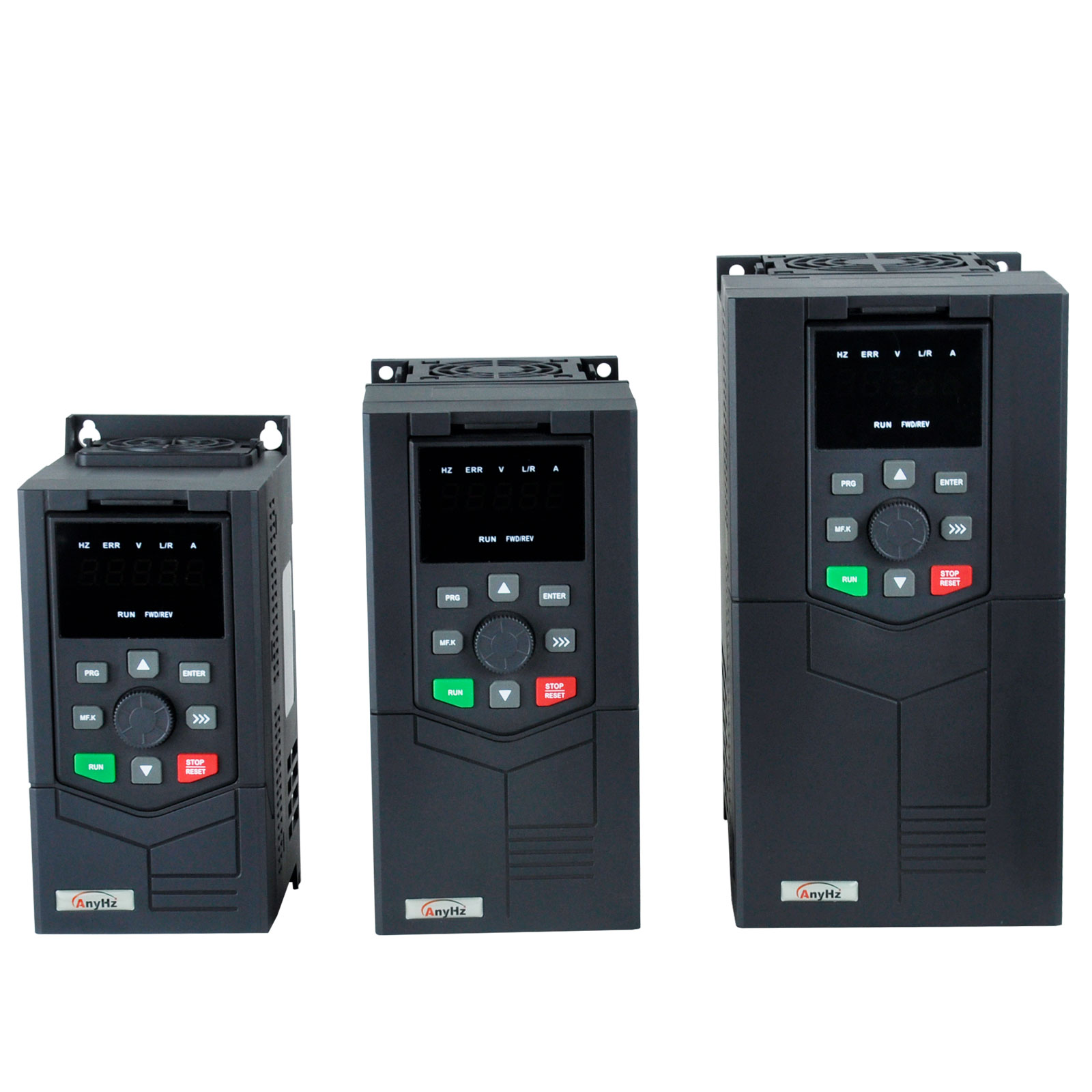
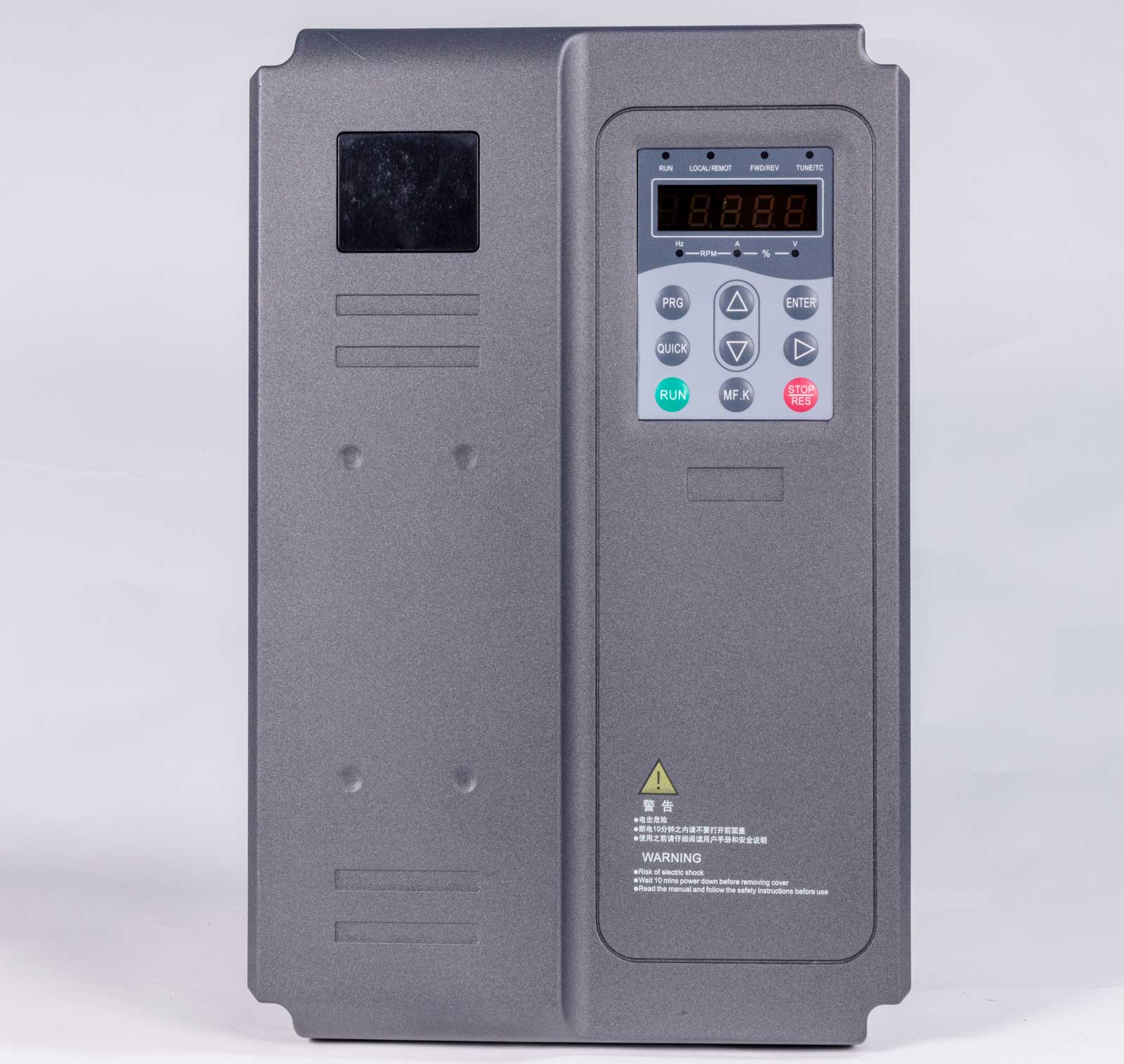
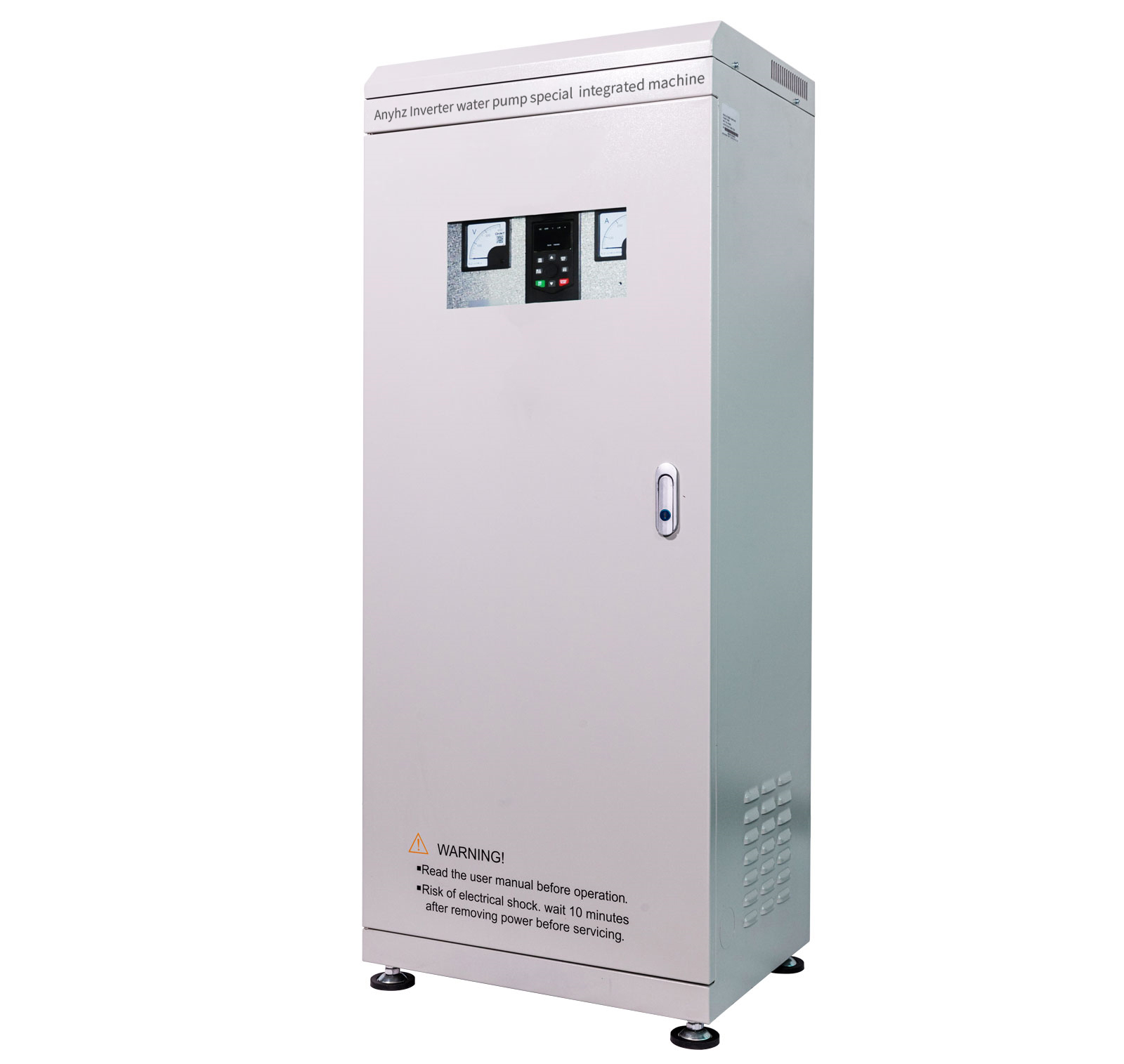
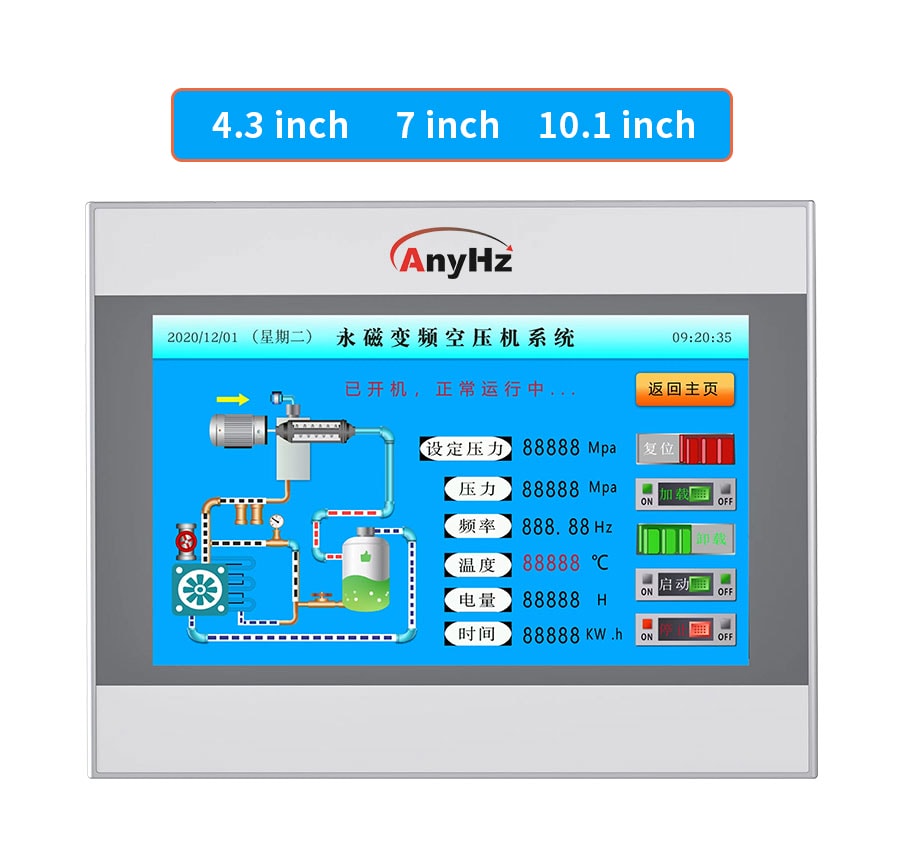
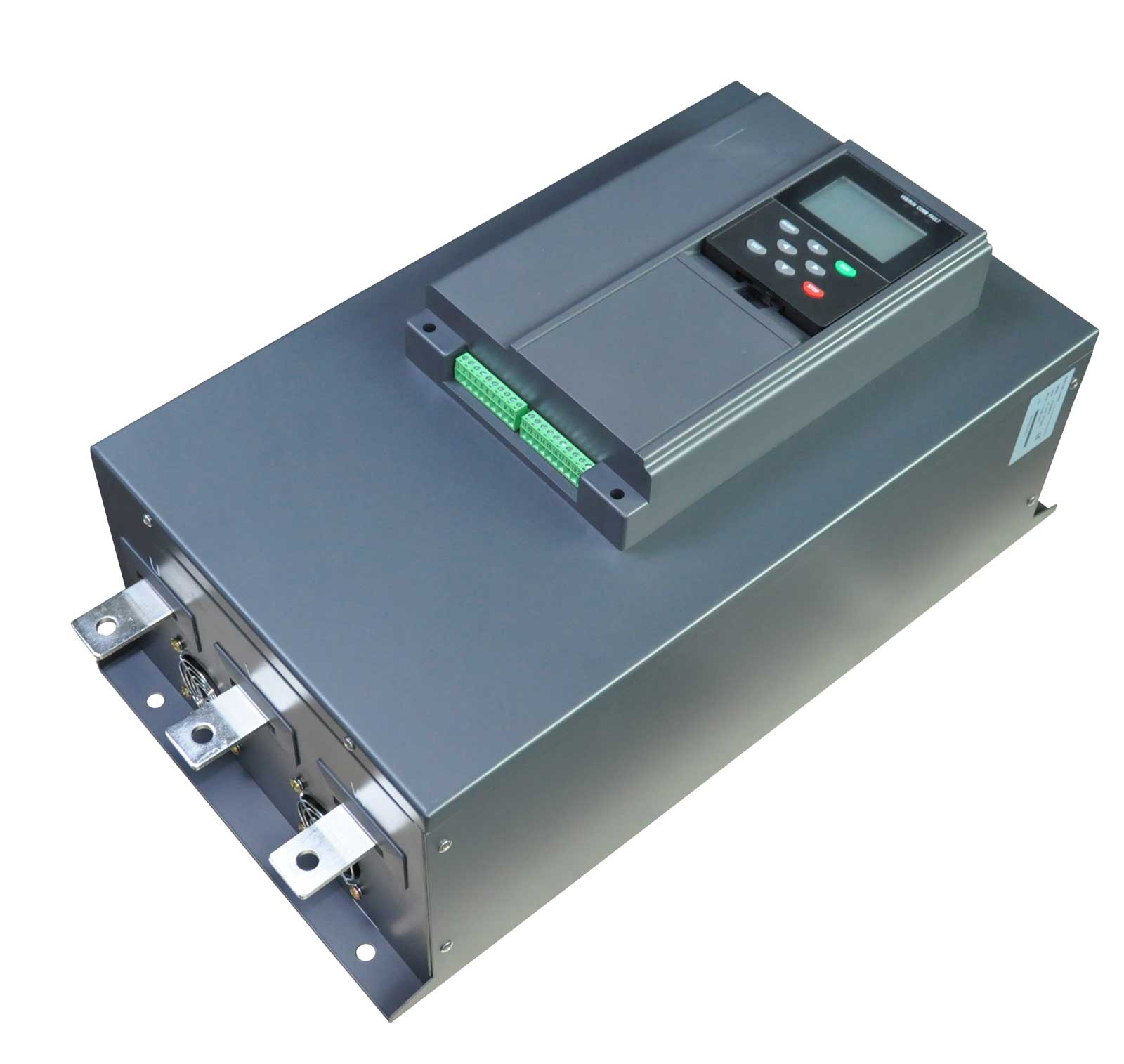
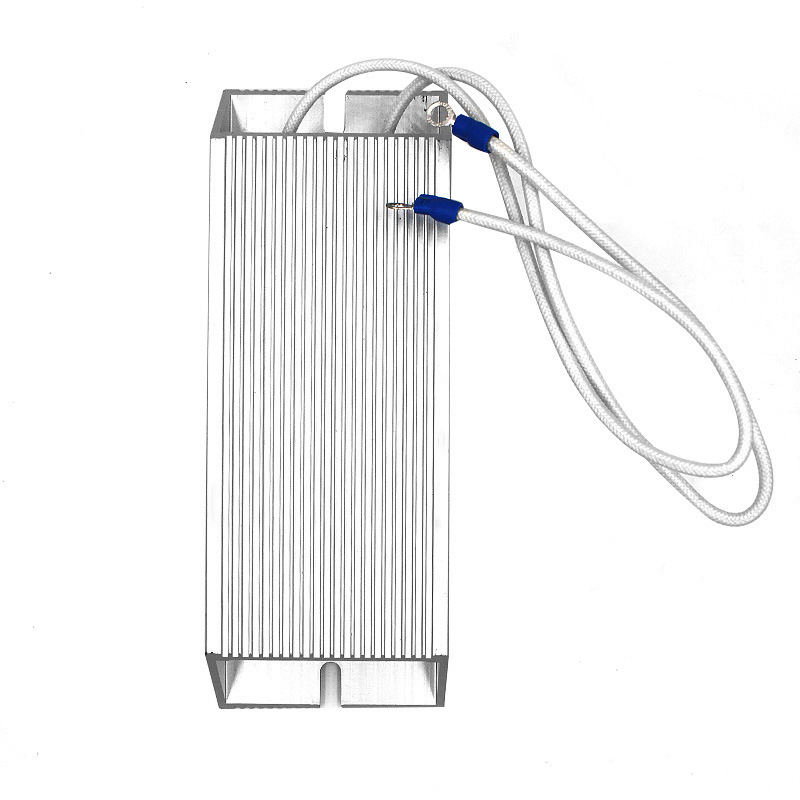
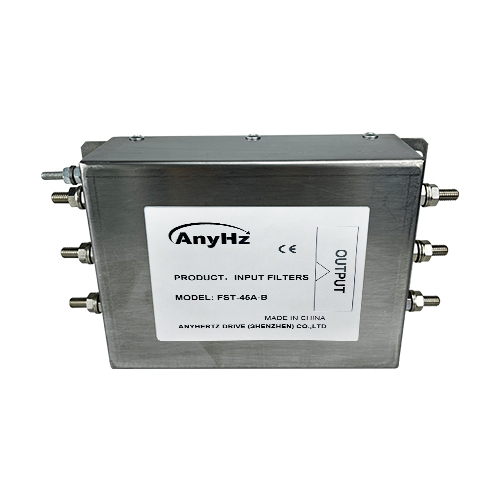





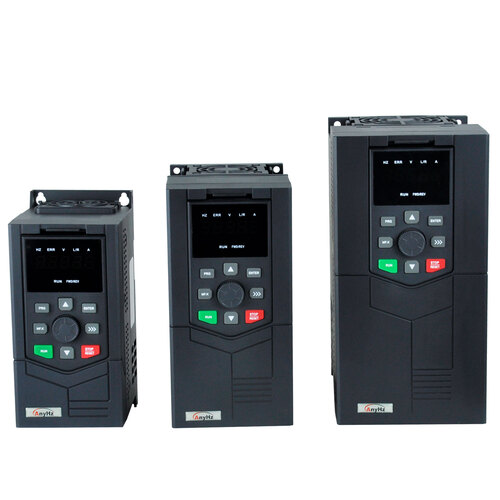




 Contact Us
Contact Us


